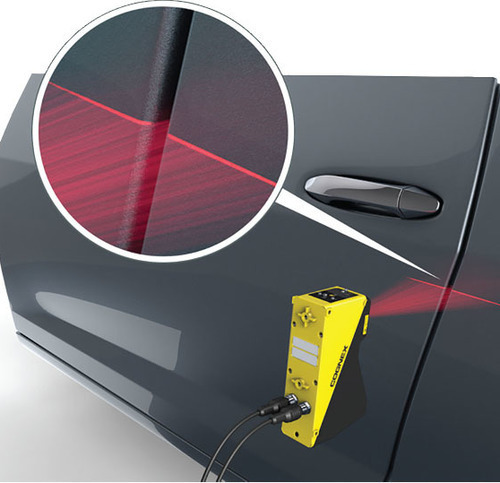I spent some time in automotive, and the easiest answer to the question is that there comes a point where the final fit and finish harms unit sales.
Naturally some people don't care about gaps. Like if someone bought a 67 Chevelle with a 394, they only cared how fast and loud the thing was. Now-a-days, the same mentality persists that some people just want a Tesla that has the coolest tech and they don't care about the build. But naturally some buyers want cars to look nice and be built well. Unfortunately the boors who highly value the tech/speed think they're better than those that want quality and make it known on this forum how they think quality is silly.
For the automakers, they all raised the quality bar on what they tolerated going out of the plant in the mid 2000s. Prior to that, most gaps and flushness were just spot-checked with small samples being pulled off the line. So tolerances were really loose and it was more important that a car ran well instead of a car that was built well without rattles and air leakage.
But some automakers sought to improve their ability to get the pieces together well as a unique selling proposition that their cars were built well. Turns out getting the panel gaps to be very tight was easier than actually making the underlying tech and build better. Like getting 2 extra mpg out of a car is really difficult, but making the car look like a well built gem was easier. To that end, they started to use lasers, tools, and robots to measure gaps and fix them during assembly.
While a crooked painting in your office would certainly catch your notice, a car door askew by less than a millimeter probably wouldn’t. And yet for

www.visionspectra-digital.com
GapGun, leading hand-held laser measurement tool for quality control. Measure gap and flush, radius, edge break, countersink, scratch + more.

www.third.com
Hyundai had laser measuring on their cars; and there was no way someone at GM would allow their cars to be worse than a Hyundai. By the mid-2000's, all major automakers for the major Western and Asian markets had processes to ensure quality builds through measurement. This was to everyone's benefit since it meant newer cars were all built really well and the bar for assembly build quality has been raised.
If you really care about quality and you want the best EV right now, you're probably stuck with Tesla as the only option at this time. The other automakers are playing tech-catchup; and Tesla's tech beats build at this time. If/when the other automakers start to make EVs with tech that rivals Tesla, then suddenly Tesla may lose sales if they're hastily building poorly fitting panels and marred paint while the others are maintaining their build standards. And at that point, poor build may cost them sales. Until then, Tesla doesn't have to care much about build, and unfortunately it means neither should you if you want a Tesla.





